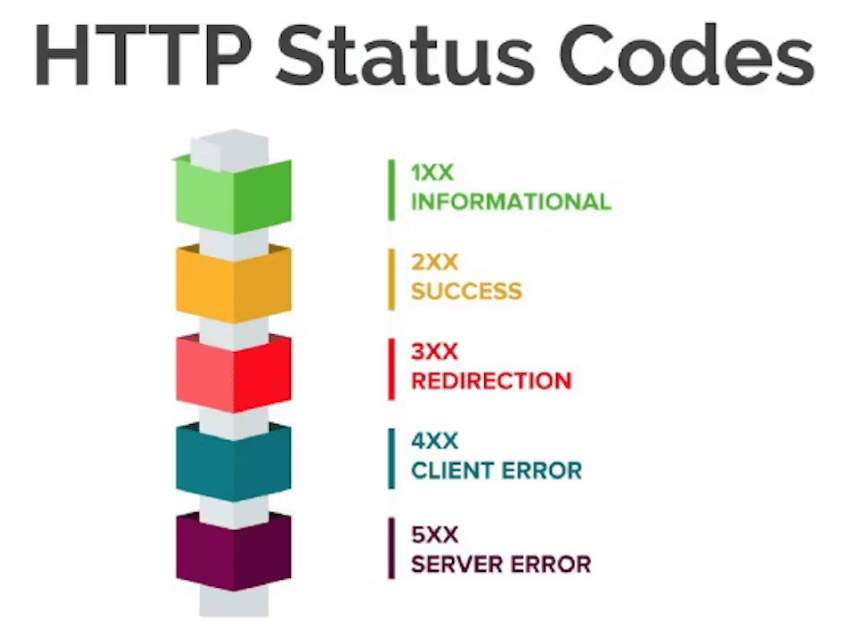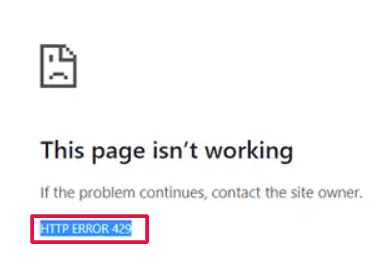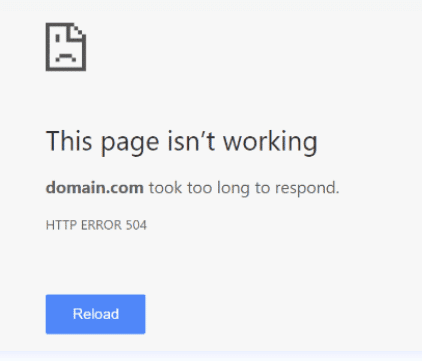Complete Guide HTTP Codes is crucial for web developers, SEOs, and site owners. These status codes are issued by a server in response to a browser’s request. The codes plays a key role in website performance, SEO, and user experience. Knowing how to interpret and fix them can help keep your website running smoothly while avoiding common issues that can hurt your rankings or frustrate users.
In this guide, we’ll explore the complete list of HTTP status codes and dive deep into the most common ones, explaining their meaning, impact, and how to handle them for optimal website health.
What Are HTTP Status Codes?
HTTP status codes are three-digit numbers returned by a web server in response to a browser’s request. These codes let the client (browser) know whether a request was successful, failed, or was redirected. They are categorized into five classes:
- 1xx Informational: The server has received the request and is continuing to process it.
- 2xx Success: The request was successfully received, understood, and processed.
- 3xx Redirection: The client must take additional action to complete the request.
- 4xx Client Error: The request contains bad syntax or cannot be fulfilled.
- 5xx Server Error: The server failed to fulfill a valid request.

The Complete List of HTTP Codes
1xx Informational Responses
- 100 Continue: The client should continue with its request.
- 101 Switching Protocols: The server is switching protocols as requested by the client.
- 102 Processing: The request is being processed, but no response is available yet.

2xx Success Responses
- 200 OK: The standard response for a successful HTTP request. Everything is working as expected.
- 201 Created: The request has been fulfilled, and a new resource has been created.
- 204 No Content: The server successfully processed the request, but no content is being returned.

3xx Redirection Responses
- 301 Moved Permanently: The requested resource has been permanently moved to a new URL. This is essential for SEO when changing URLs.
- 302 Found (Temporary Redirect): The requested resource resides temporarily under a different URL.
- 304 Not Modified: The requested resource has not been modified since the last time it was accessed. This helps reduce unnecessary data transfer.

4xx Client Error Responses
- 400 Bad Request: The server cannot process the request due to invalid syntax.
- 401 Unauthorized: Authentication is required to access the requested resource.
- 403 Forbidden: The client does not have permission to access the requested resource.
- 404 Not Found: The server cannot find the requested resource. This is the most common client-side error and should be addressed to prevent broken links and a poor user experience.
- 429 Too Many Requests: The user has sent too many requests in a given time, and their access is temporarily blocked.

5xx Server Error Responses
- 500 Internal Server Error: A generic error message indicating the server encountered an unexpected condition.
- 502 Bad Gateway: The server, while acting as a gateway or proxy, received an invalid response from the upstream server.
- 503 Service Unavailable: The server is temporarily unable to handle the request due to maintenance or overload.
- 504 Gateway Timeout: The server, acting as a gateway, did not receive a timely response from the upstream server.

How HTTP Status Codes Impact SEO
2xx Success Codes and SEO
A 200 OK status is what you aim for with all your webpages. It signals that everything is functioning as it should. When search engines like Google crawl your site and get a 200 response, they can easily index the pageIn WordPress, a page is a content type that is used to create non-dynamic pages on a website. Pages are typica... More, improving visibility and rankings.
301 Redirects for SEO
The 301 Moved Permanently status code is vital when you’re changing URLs or restructuring your site. It tells search engines that the page has permanently moved, ensuring that any link equity (SEO value) is passed on to the new URL. Always use 301 redirects when renaming URLs to avoid losing traffic or search engine rankings.
4xx Errors and Their SEO Impact
404 Not Found errors occur when a page no longer exists or the URL is incorrect. Frequent 404 errors can negatively affect SEO by creating a poor user experience and wasted crawl budget. To avoid this, create a custom 404 page that provides helpful navigation or redirects users to related content. Regularly check for broken links using tools like Google Search Console.
5xx Server Errors and SEO
500 Internal Server Errors or 503 Service Unavailable errors can cause your site to be temporarily inaccessible, resulting in poor user experience and potential SEO penalties if the errors persist. Server-side issues should be addressed quickly to ensure minimal downtime.
Best Practices for Managing HTTP
- Monitor Your Website Regularly: Use tools like Google Search Console, Screaming Frog, or GTmetrix to monitor HTTP status codes and detect errors.
- Fix 404 Errors: Redirect outdated or broken URLs to relevant content using 301 redirects.
- Use 503 Status Codes for Maintenance: When performing site maintenance, use 503 Service Unavailable status to tell search engines that the site will be back soon.
- Optimize Redirect Chains: Minimize redirect chains (multiple redirects from one URL to another) as they slow down page load speed and negatively affect SEO.
- Audit Regularly: Conduct regular SEO audits to catch any issues with HTTP status codes that could impact user experience or search engine performance.
Conclusion
A Complete Guide to HTTP Codes is fundamental to maintaining a healthy website. By understanding how to handle and troubleshoot these status codes. You can ensure smooth website functionality, improve user experience, and safeguard your SEO efforts. Whether it’s resolving 404 Not Found errors, optimizing 301 redirects, or fixing server issues. Mastering these codes is key to keeping your site running efficiently and maintaining search engine visibility.
Learning from a Guide to HTTP Codes allows webmasters and SEOs to take control of their website’s performance. Proper management of these status codes ensures that search engines can effectively crawl and index your site, while users encounter fewer errors. By being proactive with your HTTP status code strategy. You can improve site health, boost user satisfaction, and strengthen your overall SEO impact.
Looking for Complete Guide HTTP Codes and fast WordPress hosting with done-for-you updates? Check out our hosting packages by clicking the button below!



